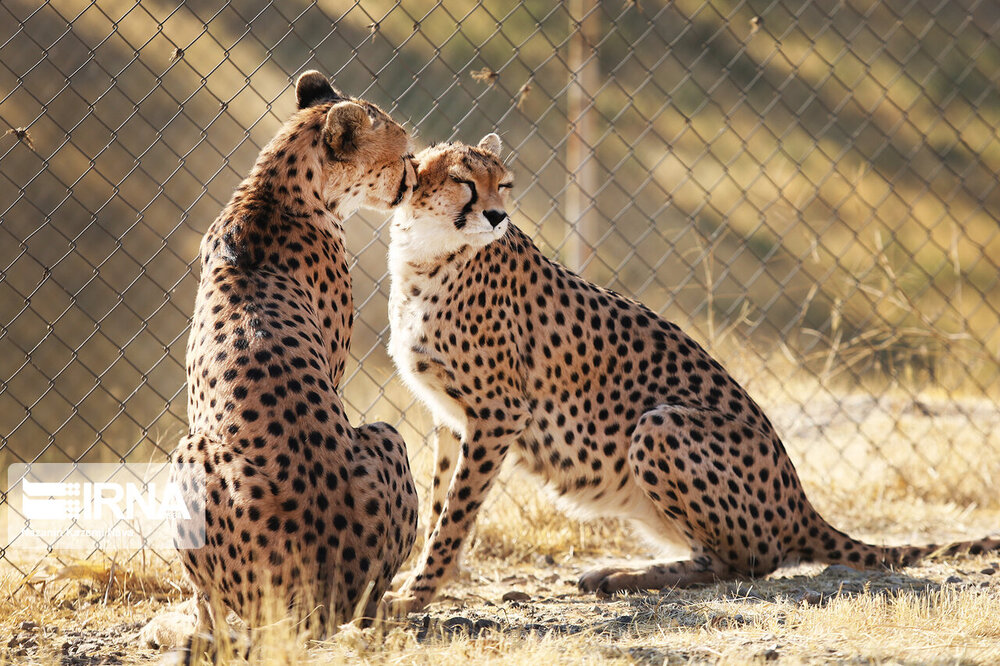Critically endangered: just 12 cheetahs living in Iran habitats

TEHRAN – Studies show that the situation of Asiatic cheetahs in Iran is critical so that just 12 of the endangered species are currently living in natural habitats across the country.
Hassan Akbari, the deputy chief of the Department of Environment, said on Monday that only three of the cheetahs are female, IRNA reported.
To announce the population of animal species, just adult ones are taken into account. Therefore, the situation of Asiatic cheetahs n Iran is regarded as critical, he explained.
“Of course, measures such as increasing safety of roads and [installing] speed-reducing equipment have been taken around cheetah habitats, but the measures are not sufficient.”
Over the past 60 years, Iran is home to the last known population of Asiatic cheetah, which once roamed across vast ranges of the west and south Asian countries, from the Middle East to India. Listed as critically endangered by the IUCN, the Asiatic cheetah is among the rarest cats in the world at the subspecies level, with fewer than 50 believed to remain in Iran.
Cheetahs’ habitats in Iran are stretching over 12 million hectares of land area and over the past 16 years only experts collaborating with the CACP project have strived to count 48 cheetahs using trap cameras and other technical methods, Majid Kharrazian-Moqaddam, director of aquatic wildlife and biodiversity office at the DOE, said in August 2018.
Roadkill constitutes 70 percent of cheetahs’ fatalities, as some 42 Asiatic cheetahs have been killed in the country during the past 16 years, 28 of them died in road crashes and 14 others were either killed in conflicts with guard dogs or due to other unknown reasons, he lamented.
For one Abbasabad-Mayami road, linking north-central Semnan province to Mashhad, the northeastern province of Khorasan Razavi, is one of the deadliest roads for Asiatic cheetahs as 8 cheetahs have been killed in this area over the past 10 years.
Roads fragmenting cheetahs’ habitats are the main threats for the species, while guard dogs and stray dogs, drought spells, decreasing population of the prey species to support the cheetahs, and habitat loss are also other factors endangering the sparse population of the cheetahs in the country.
Fourteen years ago, the Iranian Cheetah Society (ICS) proposed August 31st as the “National Cheetah Day” in Iran to encourage the conservation of the last remaining population of Asiatic cheetahs. The National Cheetah Day is now endorsed and celebrated by the Department of the Environment (DOE), Conservation of the Asiatic Cheetah Project, and several Iranian NGOs every year.
In November 2021, Akbari said the Department of Environment plans to breed Asiatic cheetah in the wild so that the species is protected from extinction.
Currently, an action plan has been defined for 19 endangered species in the country. Our policies for the conservation of endangered species are set out in this roadmap, which needs necessary funds for the implementation, he added.
Emphasizing the need for natural growth of the species to have the ability to continue living in nature, he said that a creature that is born in a fictitious and artificial space does not have the ability to survive and continue living in the environment. “If we want to save the life of this species, we must protect its habitat.”
MG
Leave a Comment